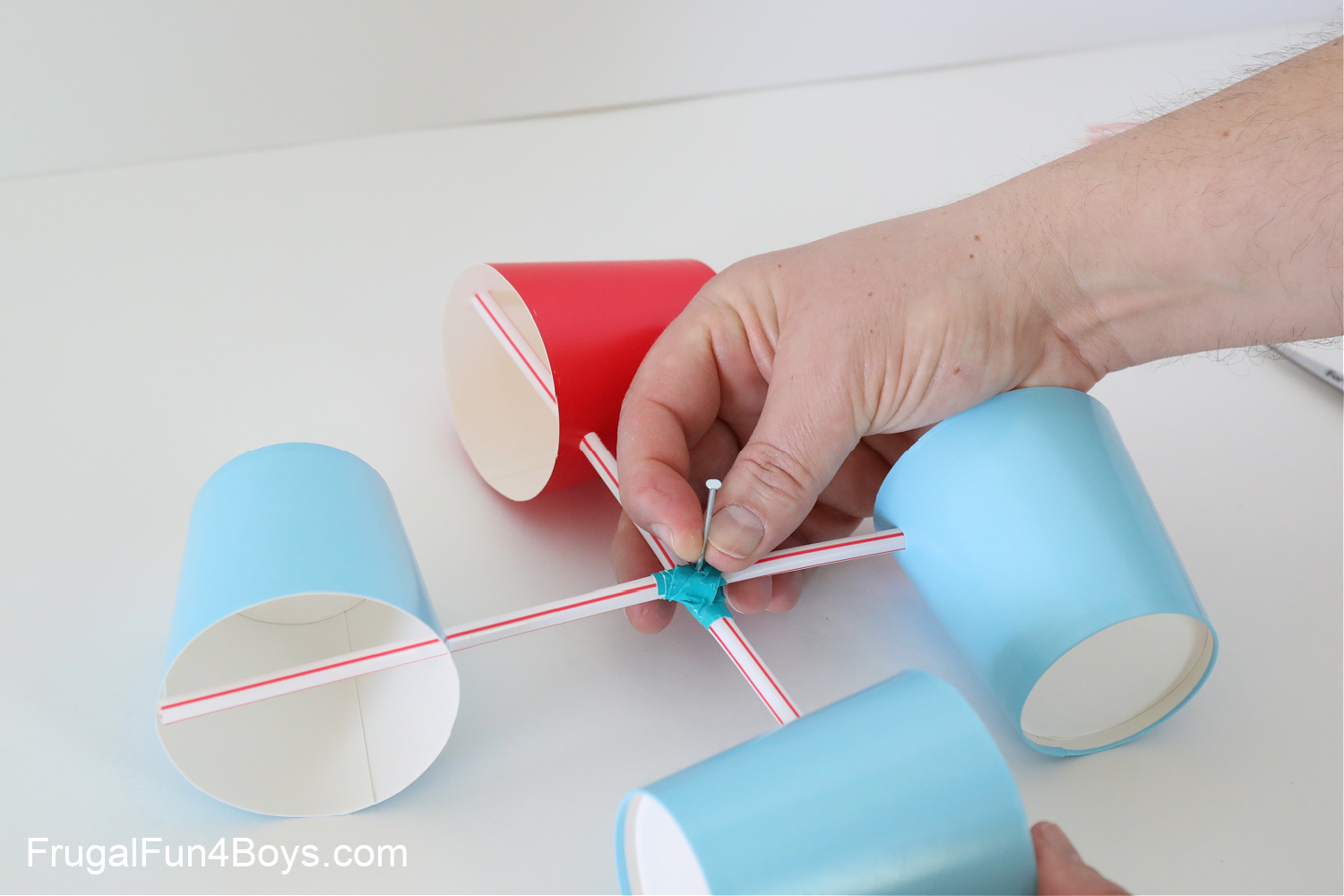How to Maintain and Take Care Of Your Anemometer to Ensure Durability
How to Maintain and Take Care Of Your Anemometer to Ensure Durability
Blog Article
Checking Out the Features and Benefits of Anemometers for Climate Lovers and Professionals
From cup anemometers to sonic anemometers, each kind brings its special set of benefits and applications, dropping light on different aspects of climatic conditions. As we delve into the features and advantages of anemometers, a much deeper understanding emerges not just of prevailing weather phenomena yet also of the more comprehensive implications for industries like wind energy manufacturing and environmental research study.
Value of Anemometers in Climate Tracking
Anemometers play a critical role in climate tracking by providing exact measurements of wind speed, aiding in projecting and understanding weather patterns. These instruments, ranging from standard cup anemometers to modern ultrasonic anemometers, are important for meteorologists, researchers, and climate enthusiasts alike.

Kinds Of Anemometers and Their Applications
The most usual types of anemometers include cup anemometers, vane anemometers, hot-wire anemometers, and ultrasonic anemometers. Mug anemometers consist of 3 or four cups placed on straight arms that rotate with the wind, measuring its speed. Vane anemometers, on the other hand, utilize an easily revolving vane to straighten with the wind instructions, providing both wind speed and direction dimensions.
Mug anemometers are appropriate and robust for general climate monitoring, while vane anemometers are favored for directional measurements. Ultrasonic anemometers are non-intrusive and use high precision, usually used in study and specialized weather condition surveillance applications.
Benefits of Using Anemometers in Projecting
In weather forecasting, the usage of anemometers offers very useful advantages for improving the precision of climate forecasting. Anemometers measure wind speed and direction, offering important data for anticipating climate patterns. By including wind data into projecting designs, meteorologists can better recognize the activity of climate systems, expect modifications in climatic problems, and problem much more exact projections.
Additionally, anemometers play a vital role in evaluating potential weather condition dangers. Monitoring wind speeds assists forecasters predict severe climate events such as typhoons, twisters, and winter season tornados with greater accuracy. This very early caution system makes it possible for authorities to provide timely informs and implement necessary safety steps, decreasing the risks to life and residential property.
Furthermore, anemometers help in maximizing renewable resource manufacturing. By examining wind patterns, meteorologists can identify suitable places for wind farms and anticipate energy output, adding to the effective generation of wind power.

Anemometers in Wind Power Manufacturing
Offered the vital role anemometers play in supplying accurate wind data for weather forecasting and hazard assessment, their relevance reaches the realm of wind power production. Anemometers are essential instruments in the area of wind power, where the measurement of wind rate and direction is crucial for establishing the expediency and performance of wind turbine installations. By properly gauging wind rates at differing elevations, anemometers aid maximize the positioning and design of wind generators to make best use of energy output.
In wind ranches, anemometers are purposefully placed to collect real-time wind information that is utilized to evaluate the potential power production of a website. This information is important in establishing the financial informative post feasibility of wind power tasks and in forecasting energy generation to guarantee grid security. In addition, anemometers help in checking wind conditions to optimize wind turbine efficiency, prevent damages from high winds, and ensure the security of employees functioning in the location of wind generators.
Enhancing Weather Condition Recognizing With Anemometers

Anemometers play a vital function in enhancing our understanding of microclimates. These localized climate condition can vary significantly from broader regional projections, making it necessary to have precise data for certain areas. anemometer. By strategically putting anemometers in different places, researchers can gather detailed information on how wind acts in different surfaces, urban settings, or bodies of water
In addition, anemometers contribute to enhancing weather condition forecasting versions by giving real-time data on wind actions. This information is especially beneficial for forecasting serious climate occasions, maximizing farming practices, and supporting markets like aviation and maritime navigation. Overall, anemometers are very useful tools that enable us to dive deeper into the complexities of climate systems, inevitably bring about even more precise forecasts and better-informed choices.
Verdict
Finally, anemometers play a vital duty in weather condition surveillance and forecasting by gauging wind rate and instructions. They are crucial devices utilized by weather fanatics and specialists to collect accurate information for forecasting weather condition patterns and assessing potential influences. Anemometers additionally have applications in wind energy production, additional highlighting their importance in both weather forecasting and renewable resource industries. Generally, anemometers add to enhancing our understanding of climate sensations and enhancing forecasting capabilities. anemometer.
From mug anemometers to sonic anemometers, each kind brings its unique set of benefits and applications, shedding light on various elements of climatic problems. These tools, ranging from conventional mug anemometers to modern-day ultrasonic anemometers, are vital for meteorologists, scientists, and weather fanatics alike. The most common types of anemometers consist of cup anemometers, vane anemometers, hot-wire anemometers, and ultrasonic anemometers. Cup anemometers are ideal and durable for general weather monitoring, while vane anemometers are preferred see this site for directional measurements. Anemometers are essential tools in the area of wind energy, where the measurement of wind rate and direction is vital for establishing the usefulness and performance of wind dig this generator installments.
Report this page